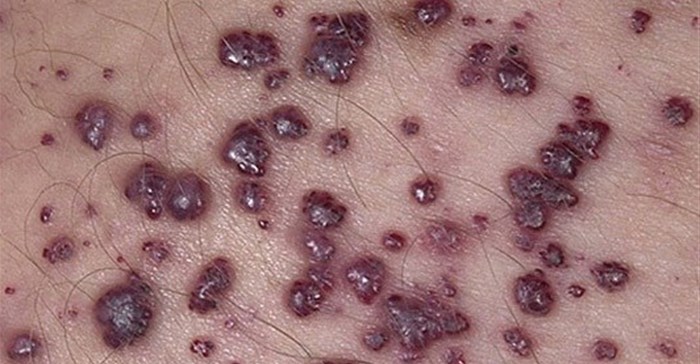Lysosomes are isolated areas of cells that contain enzymes. In a lysosomal storage disorder like Fabry disease, these enzymes do not properly process certain fatty molecules, leading to the progressive accumulation of Gb3. This substance damages cells, leading to the varied signs and symptoms of Fabry disease.
The disease is caused by a defect on the X chromosome, and affects more males than females. Beginning in childhood, but usually presenting only in adulthood, the Gb3 build-up causes signs and symptoms that affect many parts of the body. It can impair the function of the skin, eyes, gastrointestinal system, kidney, heart, brain, and nervous system.
“Incidence is not yet established in South Africa but several cases have been diagnosed,” says Dr Ntombenhle Bhengu, a paediatrician and a specialist in medical genetics. “Fabry disease occurs in all racial groups, and is the second most common lysosomal storage disorder after Gaucher disease, with an incidence of one in 117,000 in Australia and one in 468 000 in the Netherlands. Because it is a rare disease with a wide range of symptoms, it is frequently misdiagnosed.”
Fabry disease and women
Females were generally considered to be asymptomatic carriers. However, recent https://www.fabrycommunity.com/en/Healthcare/About/Women.aspx research suggests that most females who carry the faulty gene do develop symptoms, although it’s often later in life, and with less severity. In men, symptoms generally appear at an earlier age, and progress more quickly than in women. As the symptoms are less severe than in men, female patients are often misdiagnosed.
Signs and symptoms
Fabry disease is associated with a wide range of symptoms that can vary from day-to-day and person-to-person.
Early symptoms often appear in childhood and include acute pain in the hands and feet, fatigue, intolerance of physical exertion, hypohidrosis (an inability to sweat normally), gastrointestinal problems, and angiokeratoma (a benign cutaneous lesion of capillaries, resulting in small reddish rough marks on the skin). Patients with Fabry disease are also particularly affected by sudden changes in temperature or extreme temperatures.[ix]
Fabry disease affects different organs which require specific treatments. Disease progression leads to a variety of systemic manifestations, including renal disease, heart disease and stroke. The progressive nature of Fabry disease means symptoms may become more frequent and severe with age.
In addition to physical symptoms, many patients also suffer from depression, caused by factors such as decreased quality of life. Also, patients often feel isolated and have to deal with a lack of understanding for their condition.
Why early diagnosis is essential
Early diagnosis is essential to appropriately manage the effects of the disease on the affected major organs.
“Physicians need to have a strong suspicion based on signs and symptoms, and conduct screening tests and specific enzyme testing to rule out other diseases that can present similarly,” says Bhengu. “A confirmation of diagnosis requires specific DNA mutation analysis to demonstrate the presence of a mutation in the a-Gal A gene.”
Education are vital
Patients with Fabry disease can lead a normal life. It is important, however, that patients describe all their symptoms during medical visits, including telling their doctor how often their symptoms occur and how severe they are.
“Fabry disease is not curable, but it can be treated by enzyme replacement therapy and other therapies,” says Bhengu. “Learning about Fabry disease can help patients gain a better understanding of their condition and how to live with it. It requires a multidisciplinary approach involving a team of physicians who can monitor and manage complications, as well as genetic counsellors, psychologist and psychiatrists.”












